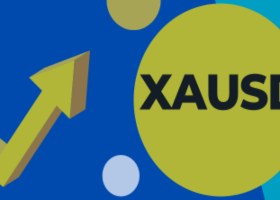
U.S. Leading Economic Index Rises Slightly Less Than Expected In February
U.S. Leading Economic Index Rises Slightly Less Than Expected In February
A reading on leading U.S. economic indicators inched up by slightly less than expected in the month of February, according to a report released by the Conference Board on Thursday.
The Conference Board said its leading economic index ticked up by 0.1 percent in February after dipping by 0.2 percent in January. Economists had expected the index to rise by 0.2 percent.
"The U.S. LEI increased slightly in February, after back-to-back monthly declines, but housing permits, stock prices, consumer expectations, and new orders remain sources of weakness," said Ataman Ozyildirim, Director of Business Cycles and Growth Research at the Conference Board.
He added, "Although the LEI's six-month growth rate has moderated considerably in recent months, the outlook remains positive with little chance of a downturn in the near-term."
The modest uptick by the leading index reflected positive contributions from average weekly initial jobless claims, the interest rate spread, the Leading Credit Index, and manufacturers' new orders for consumer goods and materials.
However, negative contributions from building permits, the ISM new orders index, average consumer expectations for business conditions, stock prices, and manufacturers' new orders for non-defense capital goods excluding aircraft limited the upside for the index.
The report also said the coincident economic index inched up by 0.1 percent in February following a 0.3 percent increase in January.
The modest increase reflected positive contributions from employees on non-farm payrolls, personal income less transfer payments and manufacturing and trade sales.
Additionally, the Conference Board said the lagging economic index climbed by 0.4 percent in February after edging up by 0.1 percent in January.
Positive contributions from commercial and industrial loans outstanding, the change in consumer prices for services and the change in the index of labor cost per unit of manufacturing output led to the increase by the index.
The material has been provided by InstaForex Company - www.instaforex.com


